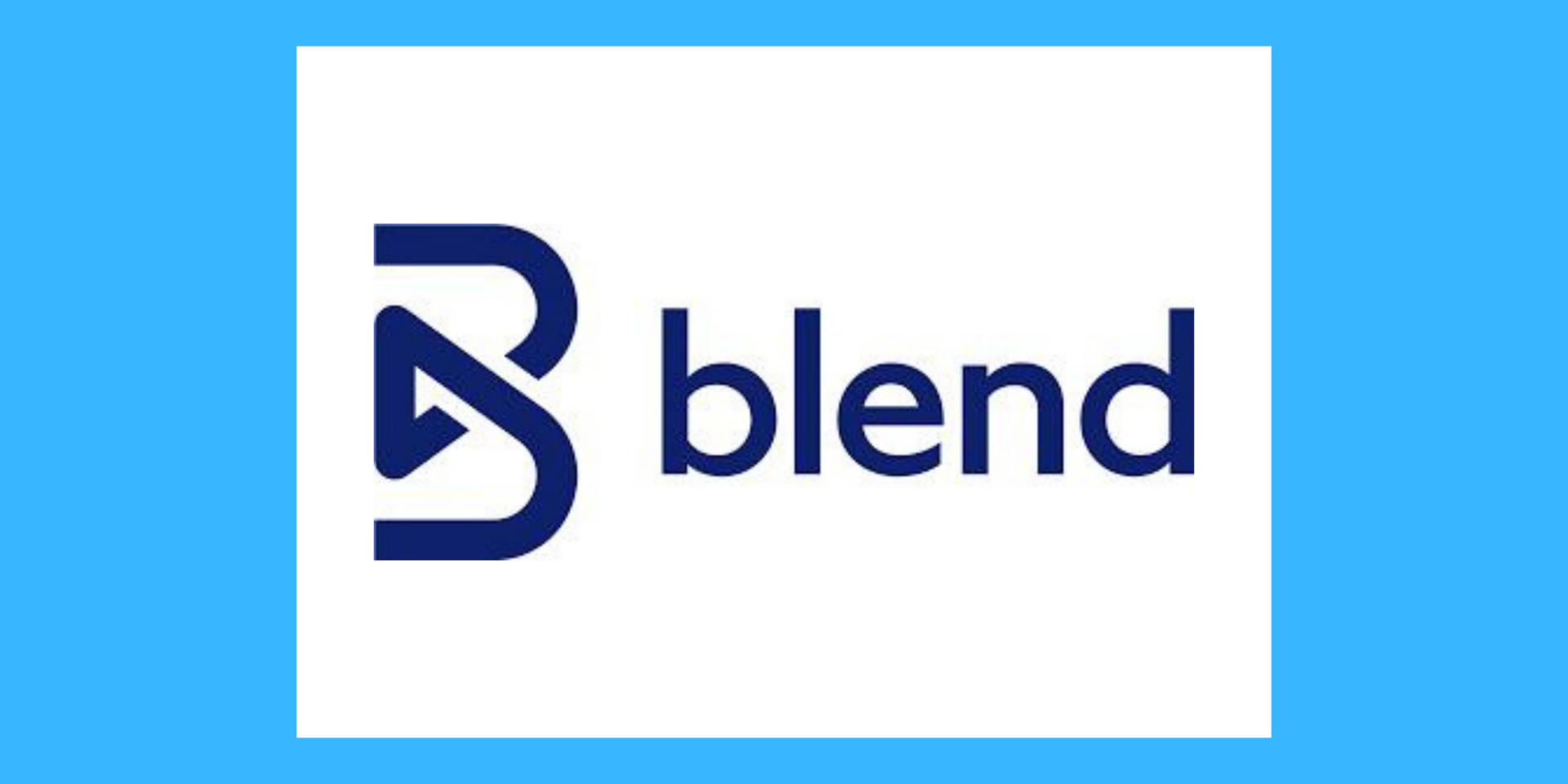Banking platform Blend is betting on IMBs with its latest offering, a bare-bones, low-cost product for small lenders.
Blend IMB Essentials, a stripped-down version of Blend’s mortgage suite, provides the features necessary for retail independent mortgage banks to succeed in today’s market.
Small lenders can pay for just the features most critical to their banking needs, reducing the cost burden of cloud banking technology.
IMB Essentials includes Blend’s famous application process, soft credit pulls for cost savings, hard credit pulls, automated conditions management, and real-time loan pricing and scenarios. Customers whose businesses grow can also easily scale up to Blend’s full offering later.
“This is a historic time for our industry. The mortgage market is grappling with the effects of high interest rates, home affordability, and low inventory, so reducing costs is top of mind for everyone,” said Nima Ghamsari, Head of Blend.
“Retail IMBs have helped build Blend into what it is today and we stand by the industry during this time. We will make sure every loan officer can offer the best possible borrower experience while also being able to conveniently manage their pipeline on the go with the LO Mobile App.”
Interested IMBs can be fully live in a matter of weeks and pay minimal upfront costs. Blend comes pre-integrated with the most common loan origination systems, pricing engines, and other key systems.
The new feature comes during a troubled year for Blend, which was almost delisted from the NYSE in May because its average closing stock price was less than $1 per share over a consecutive 30 trading-day period.
It has six months to “cure” the defect and get above that price.
“We are focused, we have a sense of urgency, and we are making meaningful progress as we execute against our strategy,” a spokesperson told HousingWire.
Investor site Simply Wall St. says Blend’s stock has been volatile over the last three months and notes the company is “currently unprofitable and not forecast to become profitable over the next three years.”
